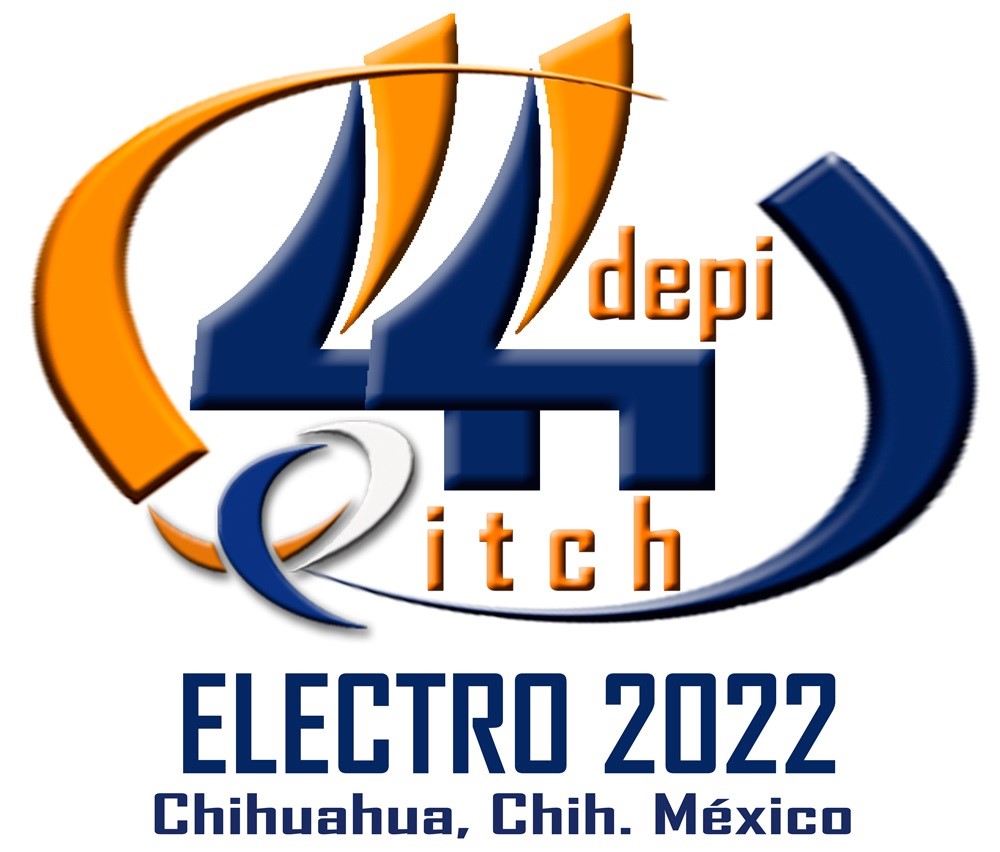
Revista ELECTRO

Vol. 44 – Año 2022
Artículo
TÍTULO
Medición del Flujo de Personas para Controlar la Iluminación y Climatización de Edificios
AUTORES
Isidro Robledo Vega, David A. Olivas Gutiérrez, Carmen L. García Mata, Pedro R. Márquez Gutiérrez, Rogelio E. Baray Arana
RESUMEN
Los edificios inteligentes proporcionan entornos confortables a las personas que los habitan y reducen el gasto energético. La medición del flujo de personas dentro de un edificio es importante para el diseño de sistemas eficientes que controlan la iluminación y climatización. Se desarrolló un sistema de visión embebido para la detección y ubicación de personas dentro de un área monitoreada por cámaras de seguridad. Se utilizó un modelo pre-entrenado de una red neuronal de aprendizaje profundo para la detección de personas presentes en las imágenes de las cámaras. Se creó un mapa de flujo de personas que contiene la información del número de individuos presentes en el área monitoreada. Esta información del mapa de flujo es utilizada para controlar la iluminación y climatización del área utilizando interruptores y termostatos comandados a distancia por el sistema embebido.
Palabras Clave: Detección de personas, redes neuronales de aprendizaje profundo, sistemas embebidos.
ABSTRACT
Smart buildings provide comfortable environments for the people who inhabit them, reducing energy consumption. The measurement of the flow of people inside a building is important for the design of efficient systems that control lighting and air conditioning. An embedded vision system was developed for the detection and location of people within an area monitored by surveillance cameras. We used a pre-trained model of a deep learning neural network for people detection. A people flow map was created which contains information of the number of individuals present in the monitored area. This information from the flow map is used to control the lighting and air conditioning of the area using switches and thermostats remotely controlled by the embedded system.
Keywords: People detection, deep learning neural networks, embedded systems.
REFERENCIAS
[1] Song, H., Srinivasan, R., Sookoor, T., Jeschke, S., Smart Cities: Foundations, Principles, and Applications. John Wiley & Sons, 2017.
[2] Karasulu, B., Korukoglu, S., “A software for performance evaluation and comparison of people detection and tracking methods in video processing”, Multimed Tools Appl, 55, 677–723, 2011.
[3] D. Kang, Z. Ma and A. B. Chan, "Beyond Counting: Comparisons of Density Maps for Crowd Analysis Tasks —Counting, Detection, and Tracking", In IEEE Transactions on Circuits and Systems for Video Technology, vol. 29, no. 5, pp. 1408-1422, May 2019.
[4] N. Dalal and B. Triggs, “Histograms of Oriented Gradients for Human Detection”, In 2005 IEEE Computer Society Conference on Computer Vision and Pattern Recognition (CVPR’05), San Diego, CA, USA, 2005, vol. 1, pp. 886–893.
[5] C. Cortes and V. Vapnik, “Support-Vector Networks”, Machine Learning, vol. 20, no. 3, pp. 273–297, Sep. 1995.
[6] M. Olejniczak and M. Kraft, “Taming the HoG: The Influence of Classifier Choice on Histogram of Oriented Gradients Person Detector Performance”, Artificial Intelligence and Soft Computing, ICAISC 2017, Lecture Notes in Computer Science, vol 10245, Springer, 2017.
[7] W. Lan, J. Dang, Y. Wang, and S. Wang, “Pedestrian Detection Based on YOLO Network Model”, In 2018 IEEE Intl. Conf. on Mechatronics and Automation (ICMA), 2018, pp. 1547–1551.
[8] A. Khan, A. Sohail, U. Zahoora, and A. S. Qureshi, “A Survey of the Recent Architectures of Deep Convolutional Neural Networks”, Artif Intell Rev, 53, 5455–5516, 2020.
[9] J. Redmon and A. Farhadi, “YOLOv3: An Incremental Improvement,” arXiv preprint arXiv:1804.02767, 2018.
[10] A. Ulhaq, A. Khan, and R. Robinson, “Evaluating Faster-RCNN and YOLOv3 for Target Detection in Multi-sensor Data”, In Statistics for Data Science and Policy Analysis, pp. 185–193, Singapore, 2020.
[11] T. Shi, Y. Niu, M. Liu, Y. Yang, C. Wang, and Y. Huang, “Underwater Dense Targets Detection and Classification based on YOLOv3”, In IEEE International Conference on Robotics and Biomimetics (ROBIO), pp. 2595–2600, 2019.
[12] “CUDA Zone”, NVIDIA Developer [En línea]. Disponible en: https://developer.nvidia.com/cuda-zone. [Consultado: mayo 17, 2022].
[13] PyTorch for Jetson Nano, NVIDIA Developer Forums. [En línea]. Disponible en: https://devtalk.nvidia.com/default/topic/1049071/jetson-nano/pytorch-for-jetson-nano-version-1-3-0-now-available/. [Consultado: mayo 17, 2022].
[14] “GitHub- chuanqi305/MobileNet-SSD: Caffe Implementation of Google MobileNet SSD detection network, with pretrained weights on VOC0712 and mAP=0.727.” [En línea]. Disponible en: https://github.com/chuanqi305/MobileNet-SSD. [Consultado: mayo 17, 2022].
[15] A. G. Howard, M. Zhu, B. Chen, D. Kalenichenko, W. Wang, T. Weyand, M. Andreetto, and H. Adam, “MobileNets: Efficient Convolutional Neural Networks for Mobile Vision Applications”, arXiv:1704.04861, 2017.
[16] W. Liu et al., “SSD: Single Shot MultiBox Detector”, In Computer Vision – ECCV 2016, Lecture Notes in Computer Science, vol. 99 05. Springer, 2016.
[17] “Caffe | Deep Learning Framework”. [En línea]. Disponible en: https://caffe.berkeleyvision.org/ [Consultado: mayo 17, 2022].
[18] “COCO- Common Objects in Context”. [En línea]. Disponible en: https://cocodataset.org/#home [Consultado: mayo 17, 2022].
[19] “The PASCAL Visual Object Classes Homepage”. [En línea]. Disponible en: http://host.robots.ox.ac.uk/pascal/VOC/index.html. [Consultado: mayo 17, 2022].
[20] J. Redmon, “Darknet: Open Source Neural Networks in C”, 2016. [En línea]. Disponible en: https://pjreddie.com/darknet/. [Consultado: mayo 17, 2022].
[21] “OpenCV: Geometric Image Transformations”, OpenCV. [En línea]. Disponible en: https://docs.opencv.org/3.4/da/d54/group__imgproc__transform.html. [Consultado: mayo 17, 2022].
[22] S. Wang, Handbook of Air Conditioning and Refrigeration, 2nd. Ed., New York: McGraw-Hill, 2001.
[23] “Sistemas Integrados Avanzados”, NVIDIA. [En línea]. Disponible en: https://www.nvidia.com/es-la/autonomous-machines/embedded-systems/. [Consultado: mayo 17, 2022].
[24] “JetPack”, NVIDIA Developer, [En línea]. Disponible en: https://developer.nvidia.com/embedded/jetpack [Consultado: mayo 17, 2022]
CITAR COMO:
Isidro Robledo Vega, David A. Olivas Gutiérrez, Carmen L. García Mata, Pedro R. Márquez Gutiérrez, Rogelio E. Baray Arana, "Medición del Flujo de Personas para Controlar la Iluminación y Climatización de Edificios", Revista ELECTRO, Vol. 44, 2022, pp. 206-212.
VERSIÓN PDF